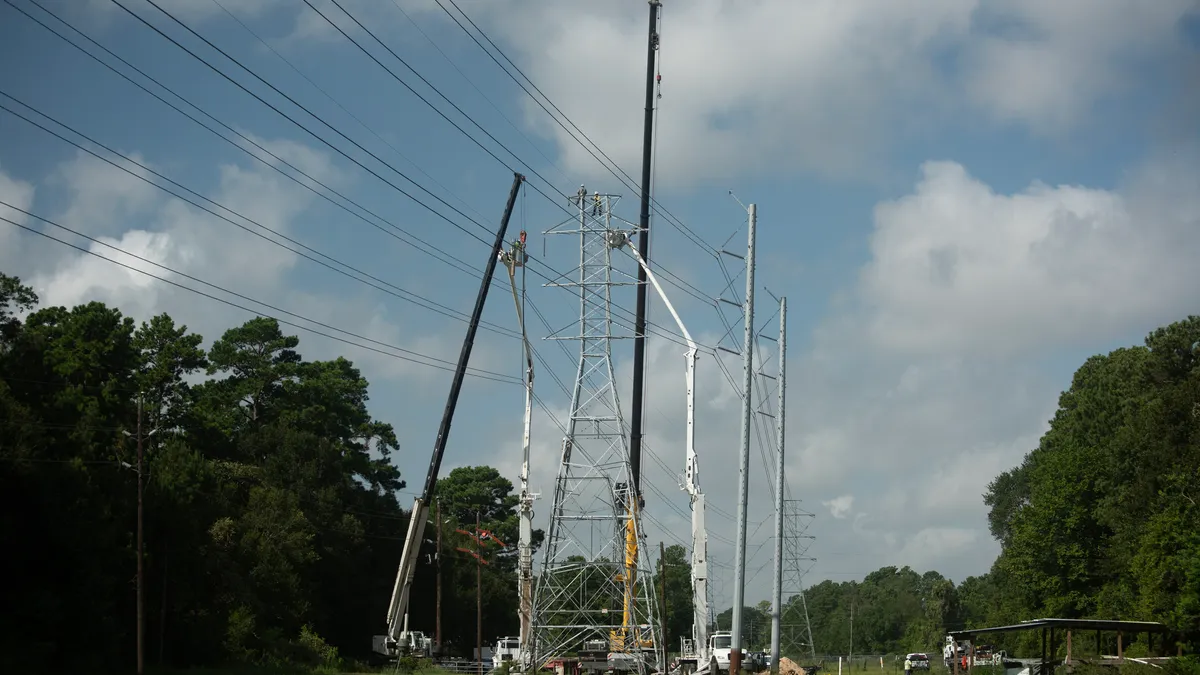New England utilities — including Eversource, National Grid and Avangrid subsidiaries — and state ratepayer advocates are at odds over a challenge to the way the region reviews and builds transmission projects to replace or upgrade existing infrastructure, called “asset condition” projects, according to Wednesday filings at the Federal Energy Regulatory Commission.
The filings are in response to a challenge by the Maine Office of Public Advocate, or OPA, which contends the projects receive little scrutiny before they are added into customer rates and that the utilities aren’t following their formula rate protocols.
FERC should reject the Maine OPA’s petition for several reasons, including its failure to follow the rules for challenging formula rates, according to the utilities, which also include Rhode Island Energy, a PPL subsidiary, and Vermont Transco.
Also, the Maine OPA failed to show how the utilities violated their formula rate or its related information sharing protocols, they said.
“The identified [transmission owners] did provide responses and supporting documentation in response to Maine OPA’s information and document requests, in addition to objecting to certain questions,” the utilities said.
In addition to a presentation on asset condition projects for stakeholder review in the ISO-NE Planning Advisory Committee process, Eversource, for example, gave the Maine OPA “substantial” internal documentation for every asset condition project placed into service in 2022 and included in the 2023 annual update, the utilities said.
In cases where the utilities didn’t respond to the Maine OPA’s data requests, those requests were “vague, undefined, unclear, [and] unduly burdensome,” the utilities said.
Further, the Maine OPA’s claim the projects received scant scrutiny before being included in rates is false, the utilities said. “Such projects went through a robust regional stakeholder process, where state regulators and consumer advocates had ample opportunity to participate, ask questions, and object to the projects in an open forum focused on regional system planning,” they said.
The Maine OPA’s questions are best addressed in the ISO New England Planning Advisory Committee’s open stakeholder forum seeking to enhance the planning process for asset condition projects, according to the utilities.
The transmission owners on Thursday said they plan to present a proposed “guidance document” on asset condition reviews at a May committee meeting, two months later than initially planned.
“We acknowledge the importance of this document to our broader commitment to improve the breadth and quality of information provided to regional stakeholders related to asset condition project planning, and we appreciate the continued engagement with ISO-NE, [the New England States Committee on Electricity,] and the rest of the PAC stakeholder community on this effort,” the transmission owners said.
However, New England state ratepayer advocates support the Maine OPA’s challenge. Ratepayer advocates need to understand why utilities decide to build asset condition projects, not just their costs, according to their comments at FERC.
“Limiting the scope of information exchanged under the protocols to mere ‘calculations’ of ‘actual costs’ would obfuscate any attempt by consumer advocates to understand and to verify the prudence of [asset condition project] costs that have been or will be assigned to ratepayers,” they said.
New England transmission owners spent $3.4 billion on asset condition projects between 2016 and June 2023, and the spending is expected to grow “significantly,” the ratepayer advocates said.















